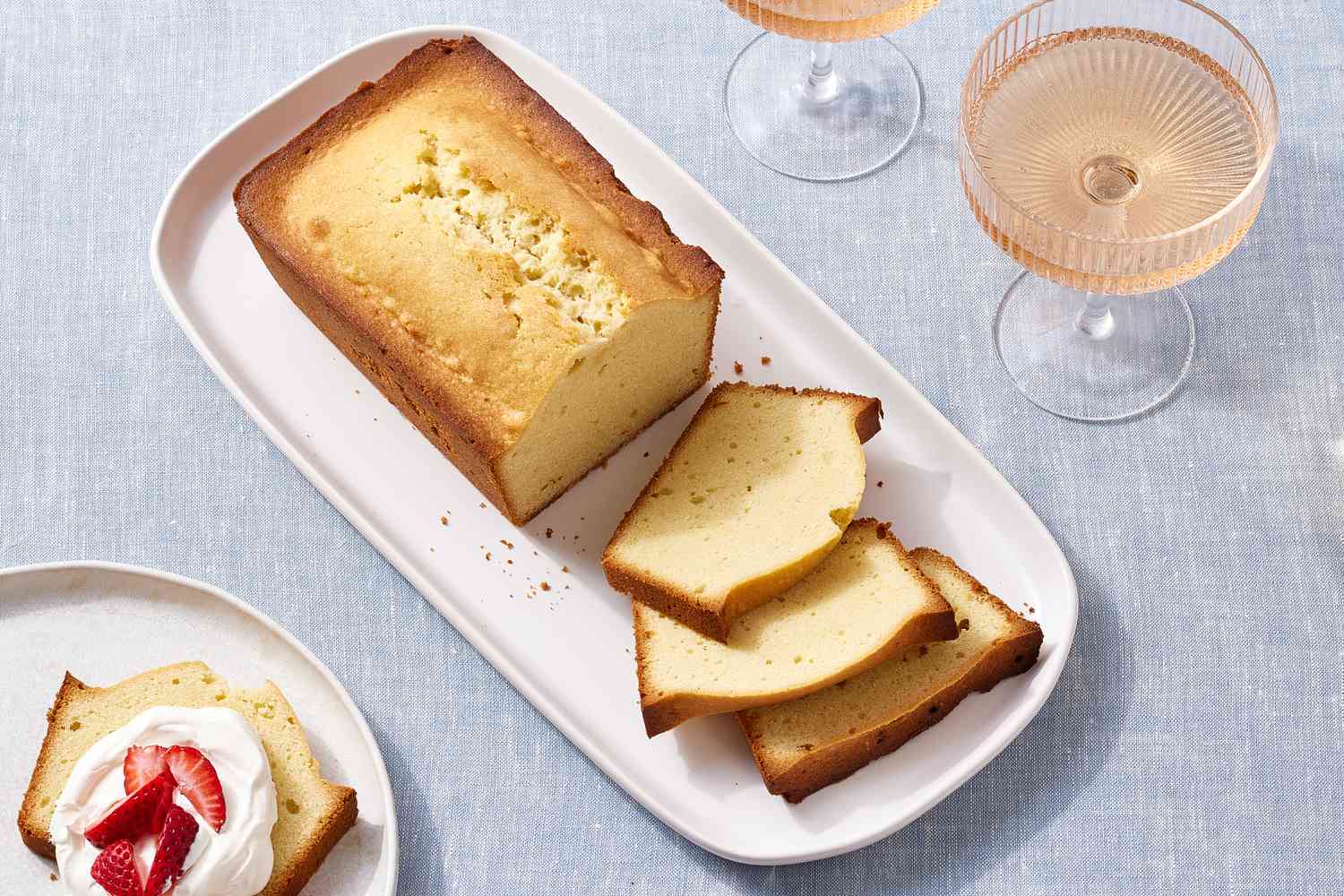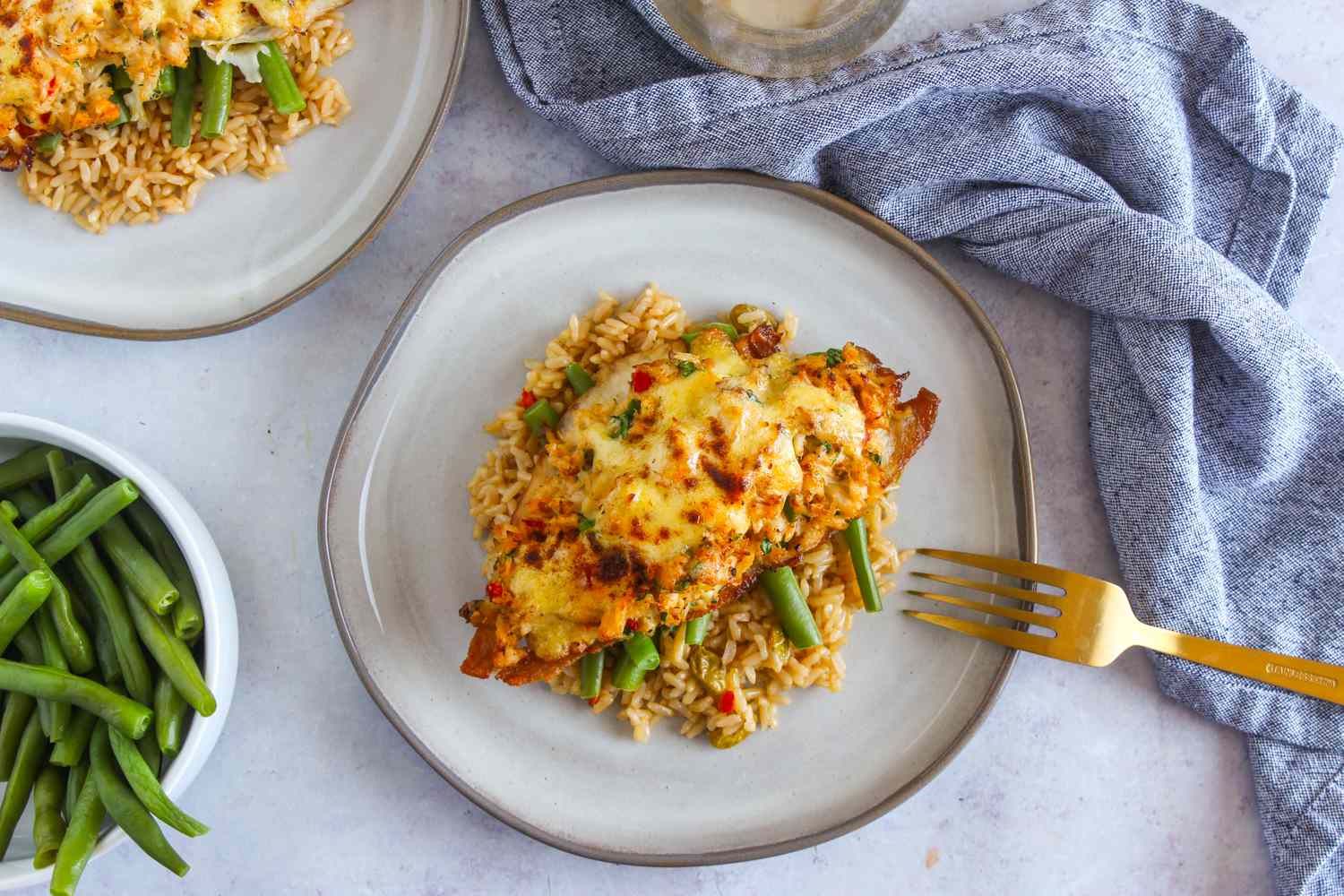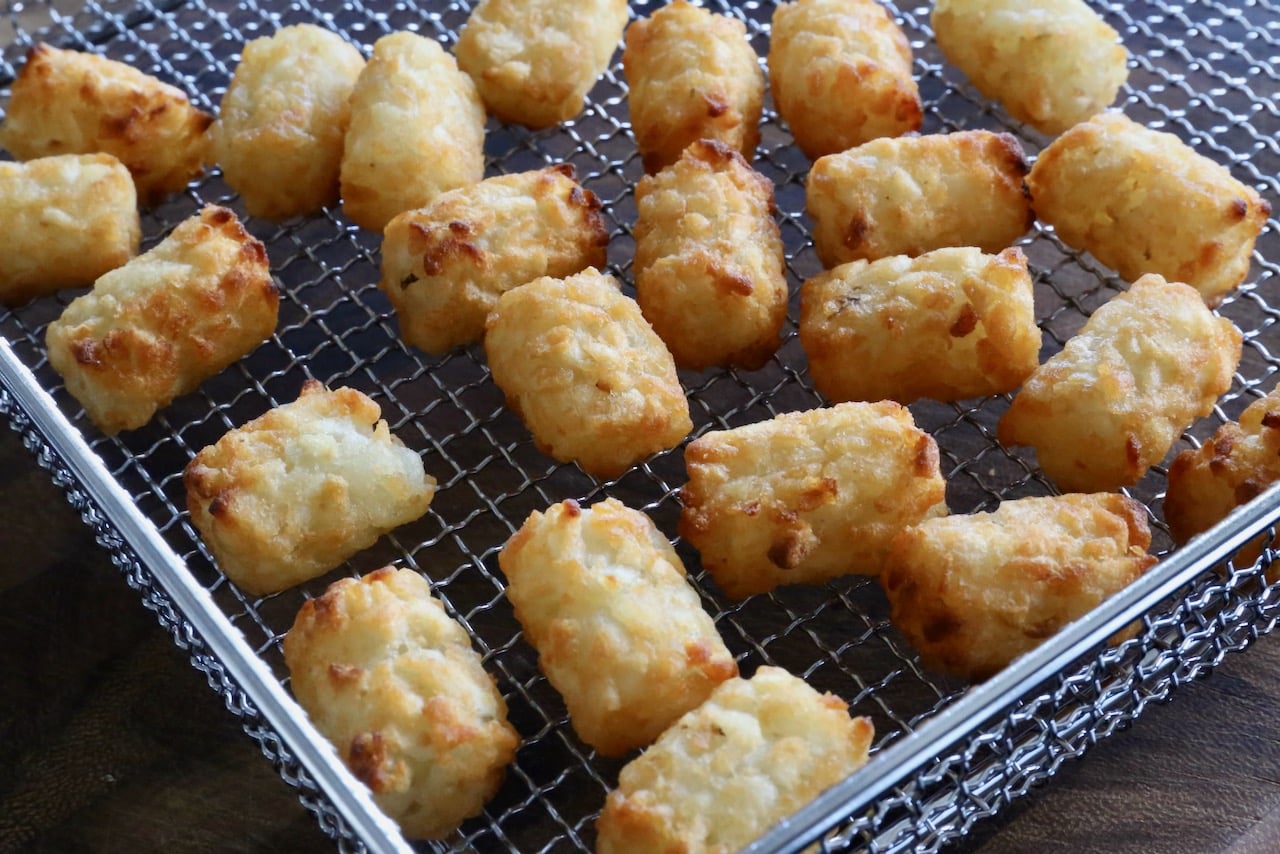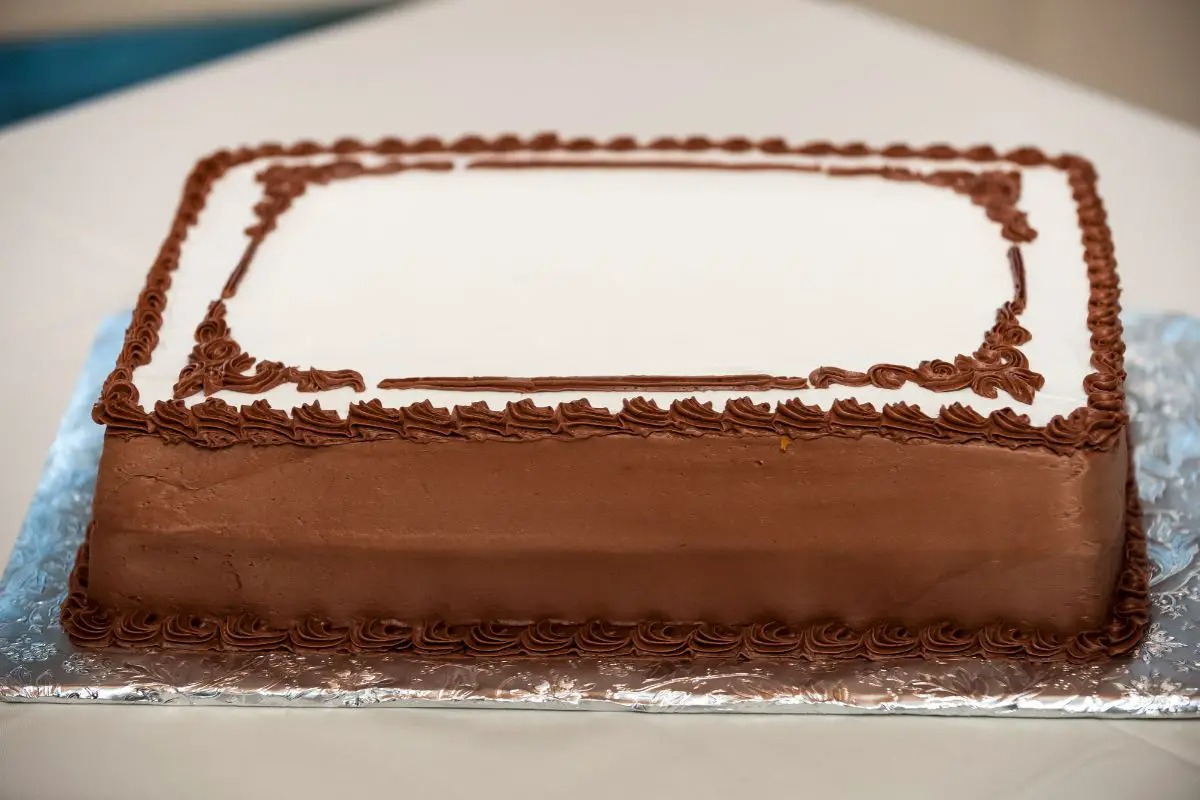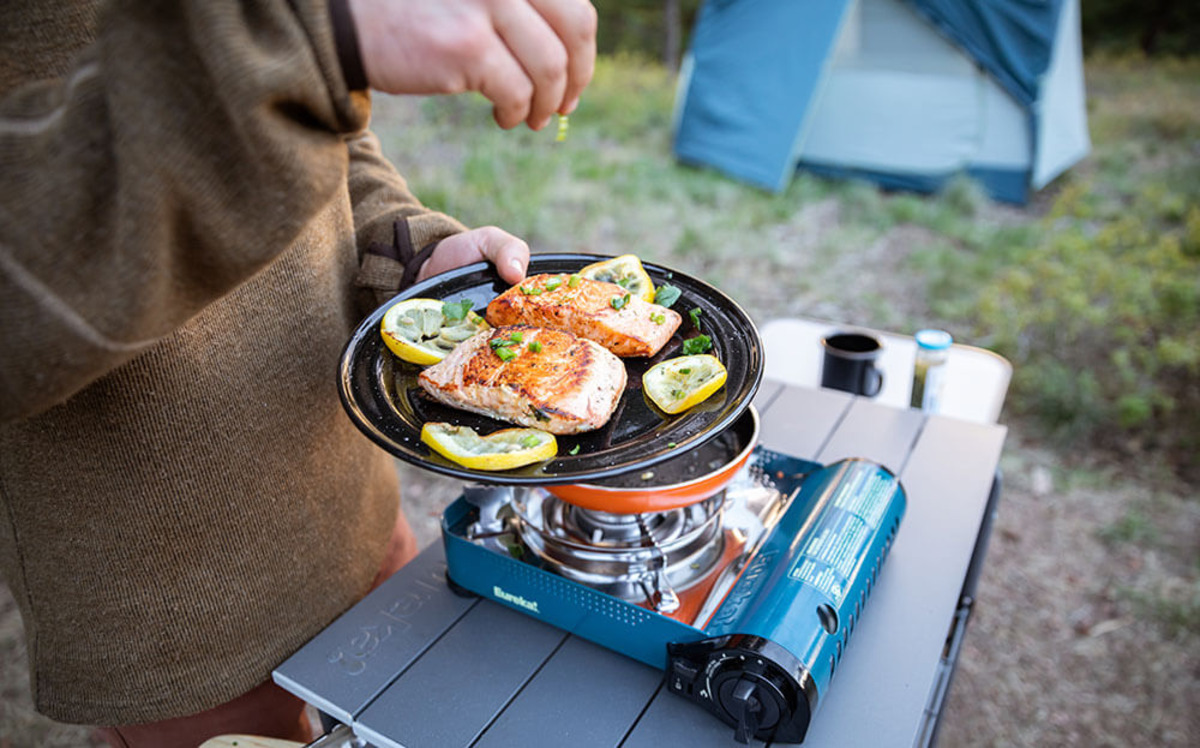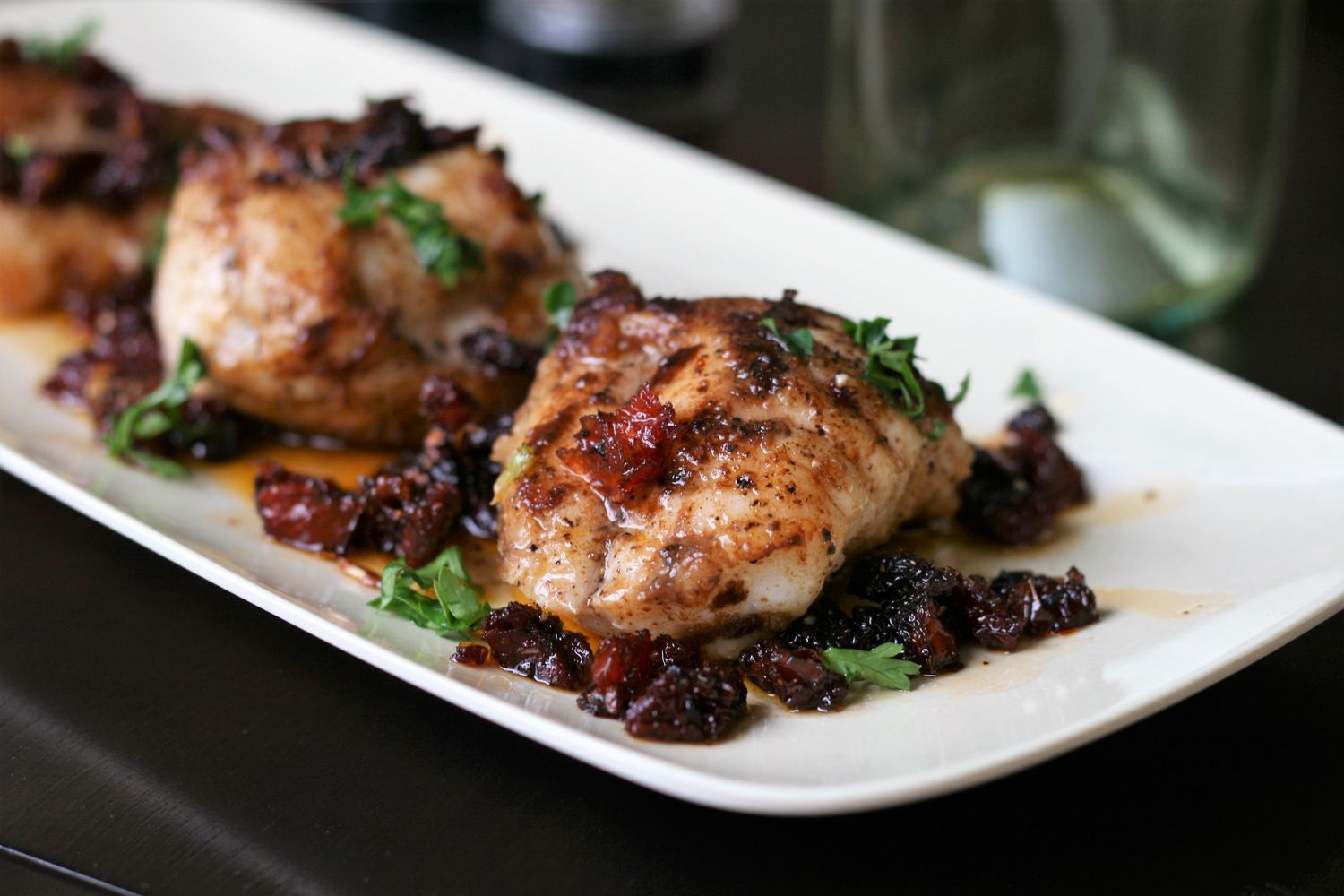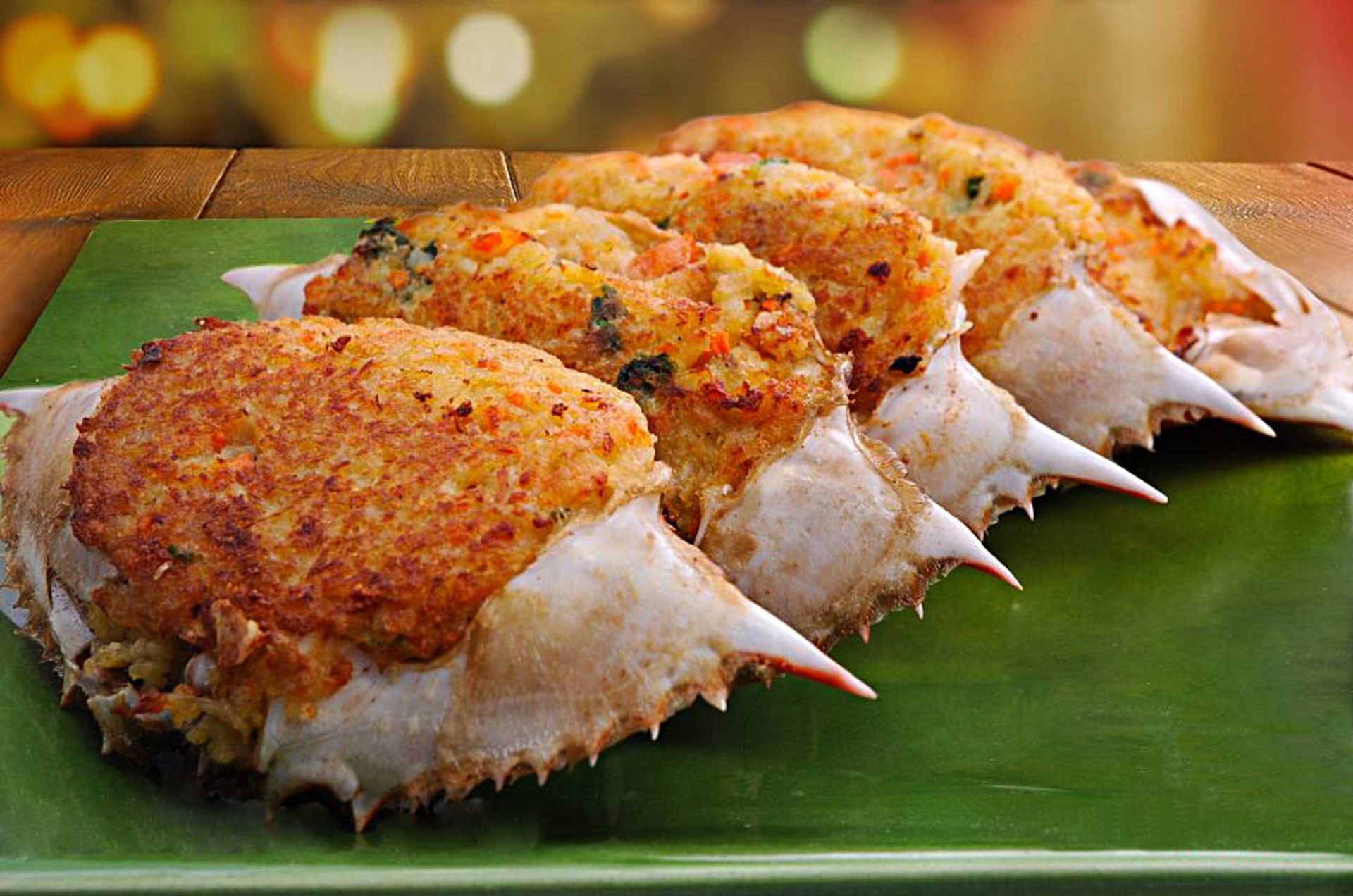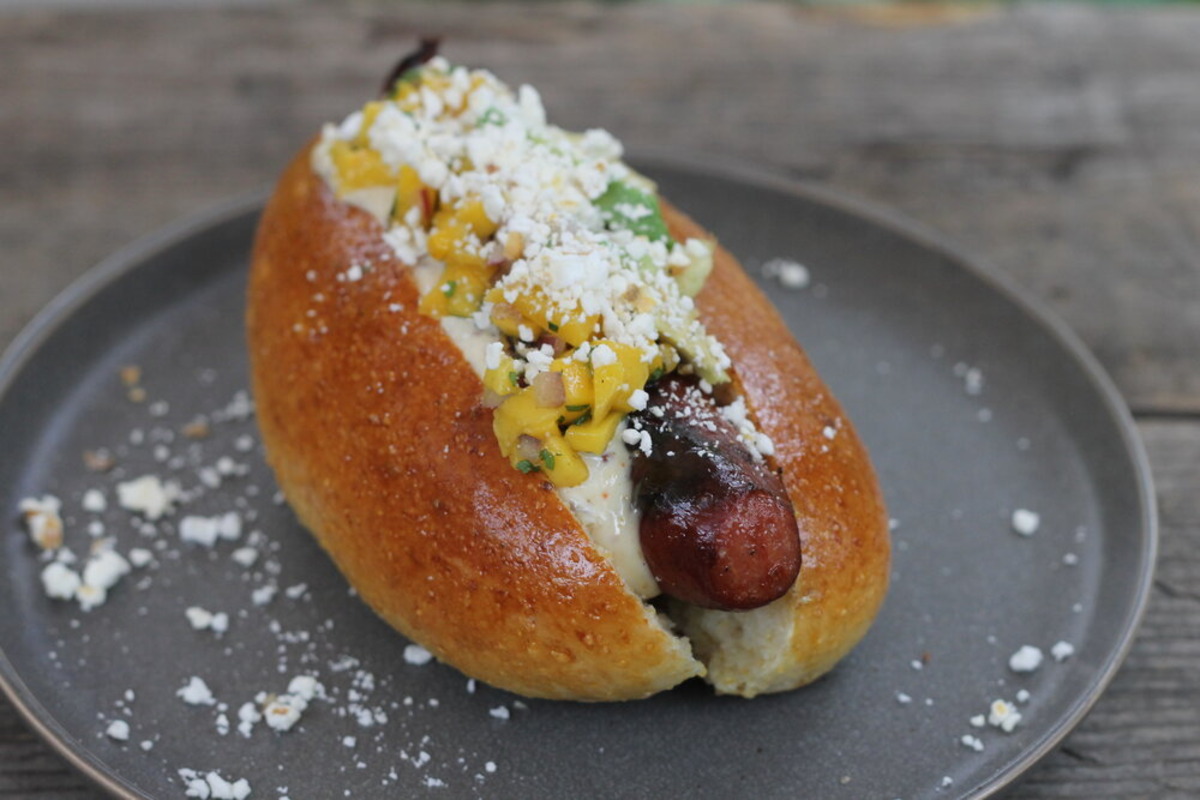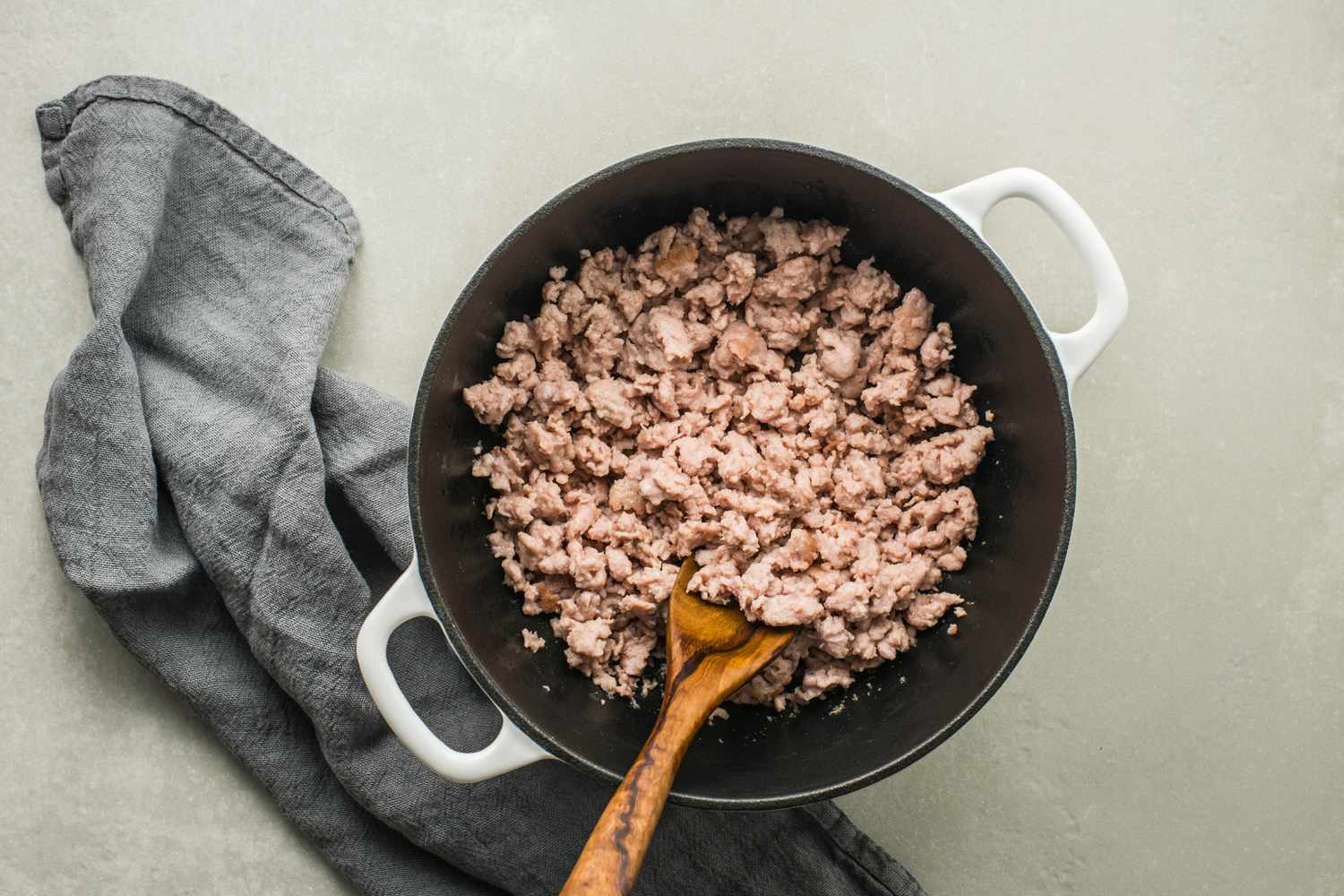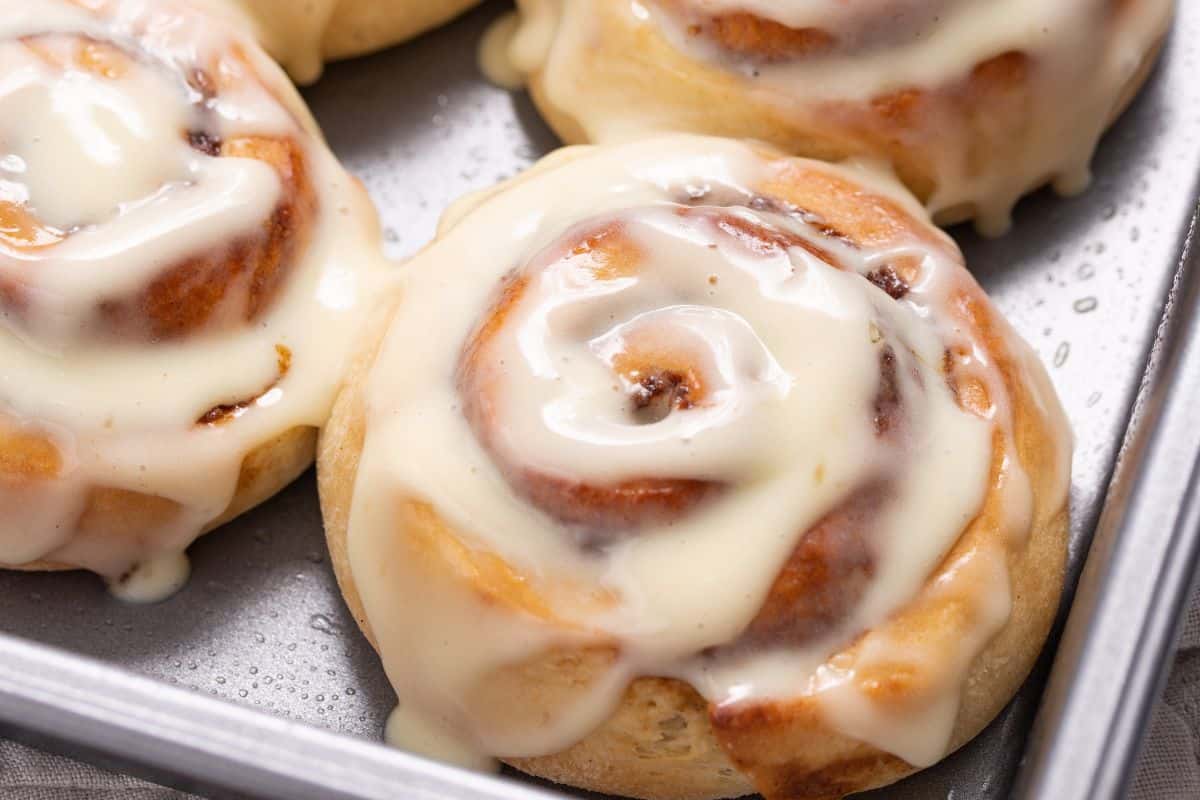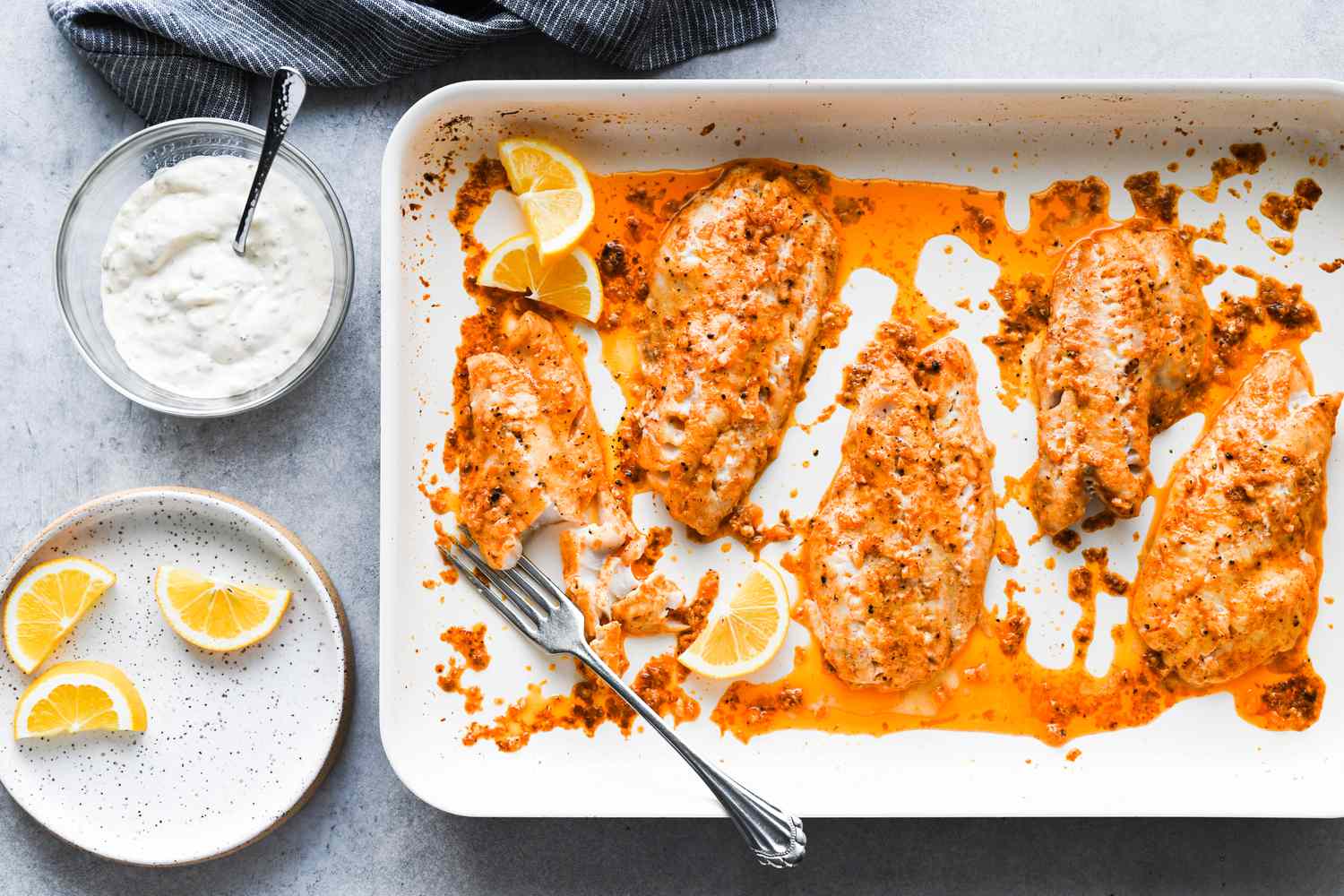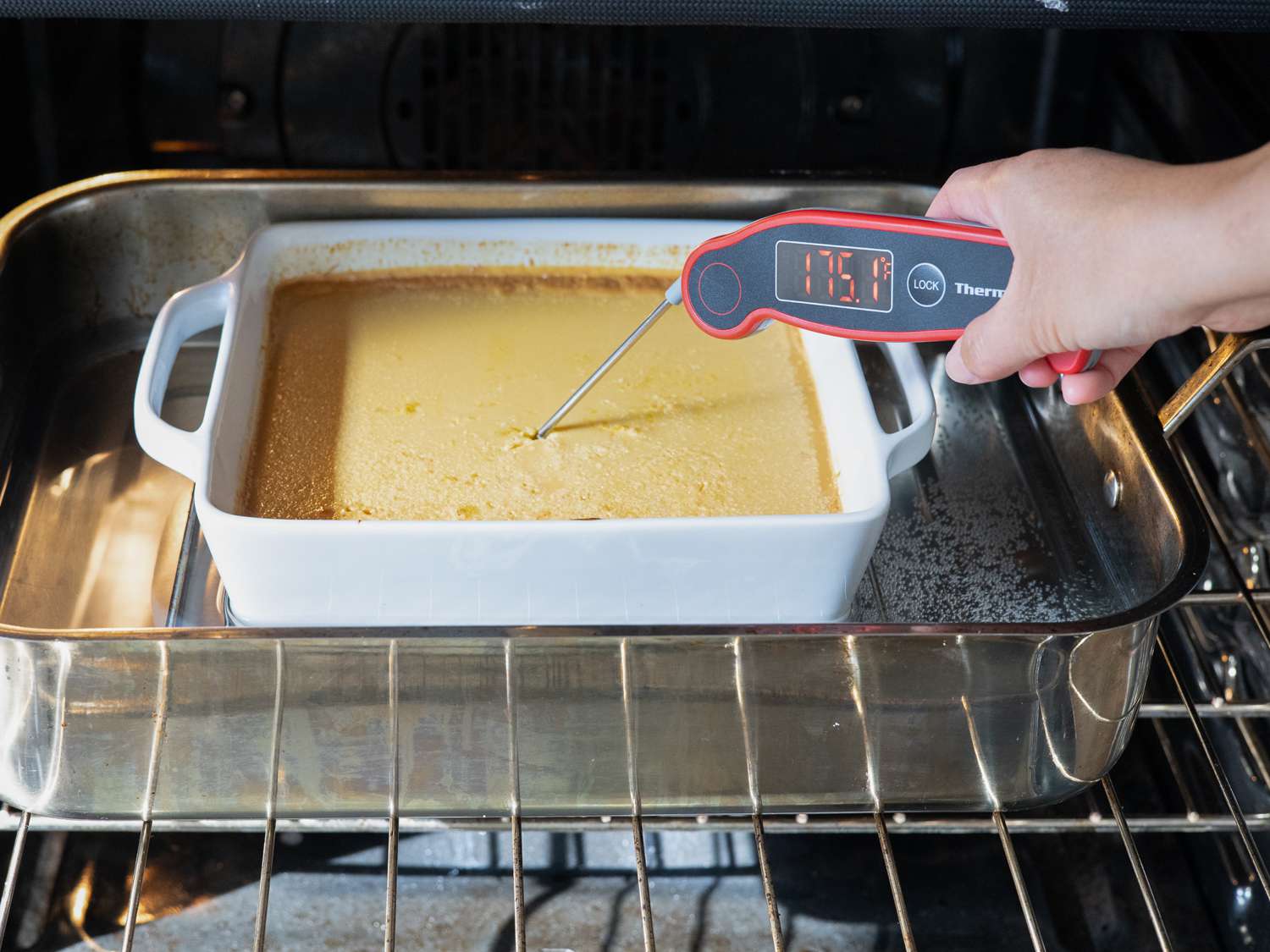Get Creative with Your Cake Pop Pan
Are you looking for a fun and easy way to bake delicious treats? Using a cake pop pan is a great way to create bite-sized desserts that are perfect for any occasion. Whether you’re hosting a party or just want to satisfy your sweet tooth, baking in a cake pop pan is a simple and enjoyable process. Here are some tips and tricks to help you get the most out of your cake pop pan.
Choose the Right Recipe
When it comes to baking in a cake pop pan, the possibilities are endless. You can use any cake batter to create your cake pops, from classic chocolate and vanilla to more adventurous flavors like red velvet or lemon. You can even experiment with different types of cake, such as brownie or cheesecake batter. The key is to choose a recipe that is thick enough to hold its shape in the pan, but still moist and delicious once baked.
Prepare Your Pan
Before you start baking, it’s important to properly prepare your cake pop pan. This will help ensure that your cake pops come out perfectly shaped and easy to remove from the pan. Here’s how to do it:
- Thoroughly grease the cake pop pan with cooking spray or melted butter.
- Fill each cavity of the pan with batter, making sure not to overfill.
- Secure the top of the pan with the included clips or use toothpicks to hold it in place.
- Place the pan on a baking sheet to catch any drips or spills.
Bake to Perfection
Once your pan is prepared and filled with batter, it’s time to bake your cake pops. Follow the recipe instructions for baking time and temperature, but keep in mind that cake pops will typically bake faster than a traditional cake. Keep a close eye on them to prevent over-baking, and use a toothpick to test for doneness. When they’re ready, remove the pan from the oven and let the cake pops cool before removing them from the pan.
Decorate and Enjoy
One of the best things about cake pops is the endless decorating possibilities. Once your cake pops are cooled and removed from the pan, you can get creative with frosting, sprinkles, and other toppings. Use lollipop sticks to turn your cake pops into handheld treats, or simply enjoy them as bite-sized delights. No matter how you choose to decorate and serve them, your cake pops are sure to be a hit!
Conclusion
Baking in a cake pop pan is a fun and versatile way to create delicious treats for any occasion. With the right recipe, proper preparation, and a little creativity, you can make beautiful and tasty cake pops that will impress your friends and family. So, why not get out your cake pop pan and start baking today?
Was this page helpful?
Read Next: How To Bake Red Drum Fish
